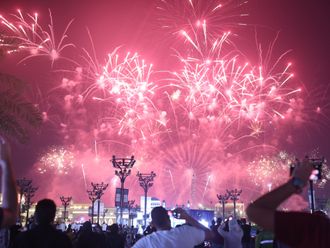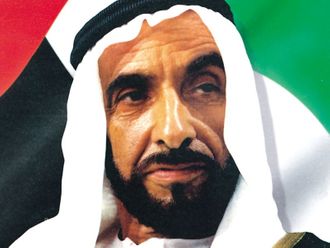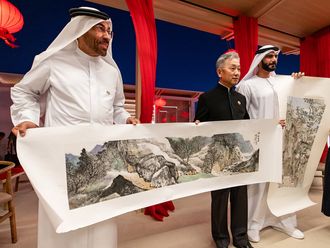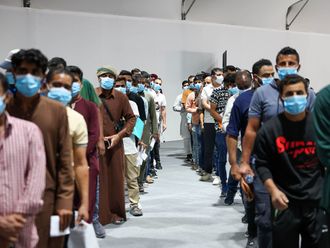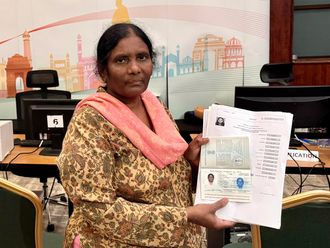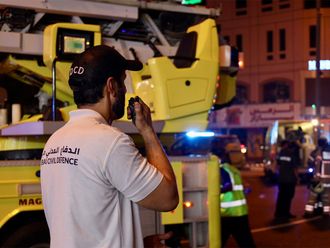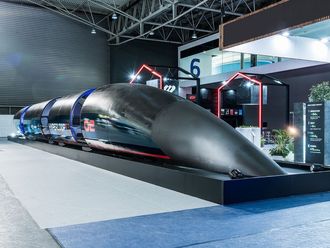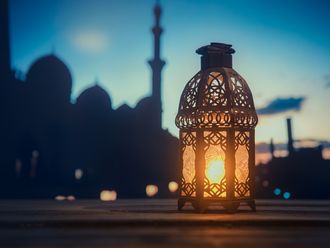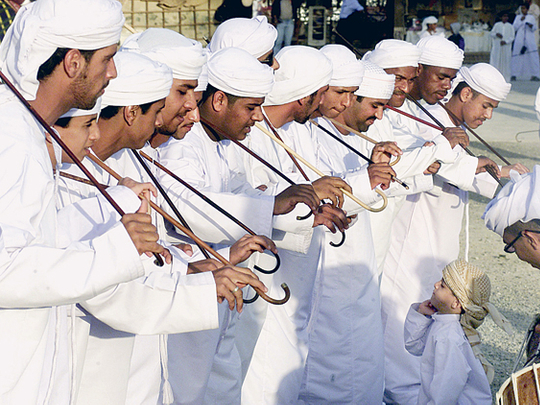
Dubai: Emirati music and dance are performed to express happiness during joyous occasions such as Eid, engagements, wedding parties and celebrations in general. The UAE has its own exclusive types of music and dance that have been regularly practised in the past and are still a well-kept tradition for today's generation — and surely for generations to come.
UAE musical instruments include the famous oud (a stringed instrument), drums; tambourine, (which Emiratis call the daf), rababa (a stringed instrument), tanboura, doumbek (a goblet drum) and the nai.
Emiratis have shown these musical instruments were used many years ago by Bedouins. Since then, generations have passed their knowledge on about them, until they have become an integral part of UAE heritage. The instruments are also widely used in the region.
In days gone by Emirati music and dance was played and performed to entertain workers who had usually accomplished some kind of success. For example, for the Emirati pearl voyagers, traditional songs were sung by a Nahaan.
A famous UAE dance is called the Al Ayyalah, which is practised only in the UAE. It is accompanied by a large drum called Al Ras.
Its solid, deep tones, sets the beat for the three smaller takhamir drums. The dance is performed only by men and 25 is the minimum acceptable number for a performance of the Al Ayyalah.
Occasionally, participants number 200, and they stand in two equal rows that face each other with arms linked, as a gesture of unity and support. Then they gently wave sticks in front of them and sway back and forth. Each row sings in a declaration of a challenge to the opposite group.
The Harbiyah is another traditional dance that reflects victory, pride and courage.
The Liwa is a dance that was brought to the Gulf by East African traders. It is danced to African-style music and features a pipe-flute called the mizmar. The three backing drums for this dance are the shindo, the jabwah, and the jasser.
The Liwa begins with the mizmar solo of about six minutes in a slow tempo, later the drums join in and are followed by ten dancers or singers and gradually the pace increases to a swirl of activity. This type of dance accepts participants of both men and women and usually takes about 25 minutes.
The Haban is another type of dance, which is also known as the Khamiri or the Khayali. The names refer to the stringed musical instrument that control the dance. The performance is carried out by three groups. The first one consists of six to eight men, the second is made up of the same number of women, and the third comprises nine or 10 musicians.
The conductor of the performance is the player of the Haban. Men and women performers move on a two-step steady rhythm forth and back.
There is a huge variety of music and dance in the UAE. Emiratis were — and still are, strongly attached to playing the oud and performing the Al Ayyalah during special occasions.


